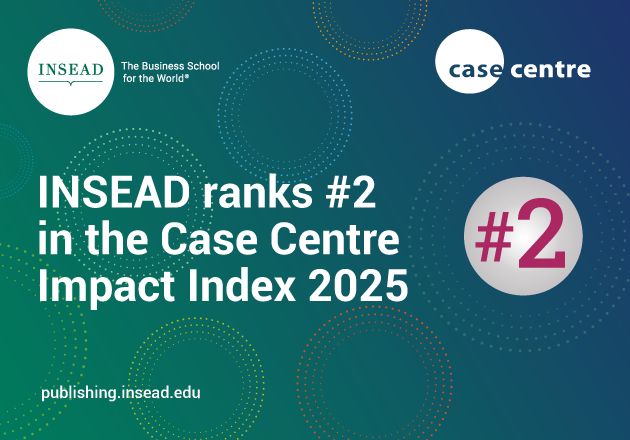This case study serves to discuss a class of risk management strategies in supply chains. It underlines the importance of seeing supply risk management in its whole context encompassing the following parametres:
- Operating decisions, affecting the supply profile for the commodity in question, including inventory choices, lot-sizing, cost-service tradeoffs, number of and supply chain design.
- Procurement decisions, affecting the supply profile for the commodity in question, such as cover policy constraints, regional vs. global procurement, open costing procedures, etc.
- Additional hedging decisions related to the commodity in question, such as taking positions in correlated markets.
The objective is to discuss a class of risk management strategies in supply chains, with a particular focus on financial hedging tools designed to limit procurement exposure (i.e., control the maximum spend) within the context of highly volatile commodity markets). More specifically, the case is concerned with teaching:
- The necessity of managing financial risk in the commodity markets: drivers of cost/benefit
- A description of financial hedging instruments (and the pre-requisites)
- The valuation of instruments such as call options and swaps through Monte Carlo simulation
- Trade-offs between expected spend versus exposure (i.e., the efficient frontier) with a particular application in plastics (HDPE)
- Implementation challenges for hedging instruments
- Procurement
- Supply Chain
- Hedging
- Risk Management
- Commodity Markets
- RD0109
- AR0809
- AR2009






